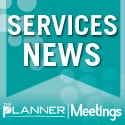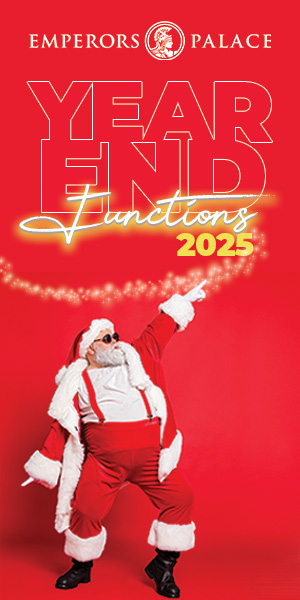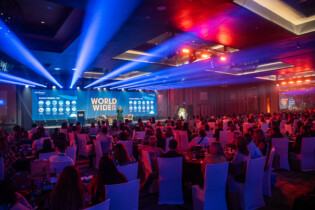Low-cost carrier FlySafair has given its fleet an internal and external facelift in the form of new livery to boost its presence in the skies and new ergonomic seats to maximise space, comfort and convenience for passengers.
Easier to spot
FlySafair is in the process of upgrading its fleet to Boeing 737-800s and wanted to use this as an opportunity to update the look and feel of its aircraft. While it will keep its iconic tail design, it will add more colour to the fuselage to give the aircraft a bigger, more recognisable presence in the skies.
The familiar white stripe running down the leading edge of the tail will remain as it augments the silhouette of the tail to make it appear slimmer and lighter. Reducing the amount of paint on the aircraft will allow FlySafair to keep its maintenance costs low, which reduces overall operating costs – key to offering the lowest airfares in the market.
The belly of the aircraft will be painted blue to slim down the silhouette of the fuselage and to make the planes more recognisable. This will be enhanced by the magenta engines, so the planes are easier to spot from the ground.
“There’s a general trend towards flood-coating the whole aircraft in a solid colour, but we opted against this in favour of creating a bold design that enhances the beautiful contours of the Boeings. With brand new seats planned for the inside of the aircraft, it seemed criminal not to update the outside while we were at it,” says Kirby Gordon, vice president of sales and distribution at FlySafair.
Thinner seats mean more space, enhanced comfort
FlySafair will also be replacing the seats in its aircraft with the latest-generation Zodiac economy class seat. Produced in France, these seats boast a new contoured ergonomic backrest with shaped profile that maximises shin and knee clearance, providing additional leg room and ensuring a more comfortable flight experience for passengers.
The fixed-recline seats are perfectly adapted for short flights and allow for a more comfortable flight experience for passengers seated behind them.
The aircraft will feature the same number of seats as before, but the reduced weight of the slimmer frame will make the aircraft lighter, furthering lowering fuel and maintenance costs, which will be passed on to the passenger.
“As a low-cost carrier, we’re always going to have to use space efficiently; these seats are specially designed using new materials that make them only about a third of the thickness of our old seats. This means we can offer passengers up to two inches of extra room. We opted for fixed-recline seats after consulting with passengers whose top flight annoyance was having the passenger sitting in front of them robbing them of space by reclining on top of them. Our aim is to be innovative with systems, technologies and operations to ensure we always offer a superior product at the best price possible,” says Gordon.
The first upgraded aircraft, ZS-JRL, a Boeing 737-400, will take to the skies on 15 August 2015, flying Johannesburg to Cape Town.







